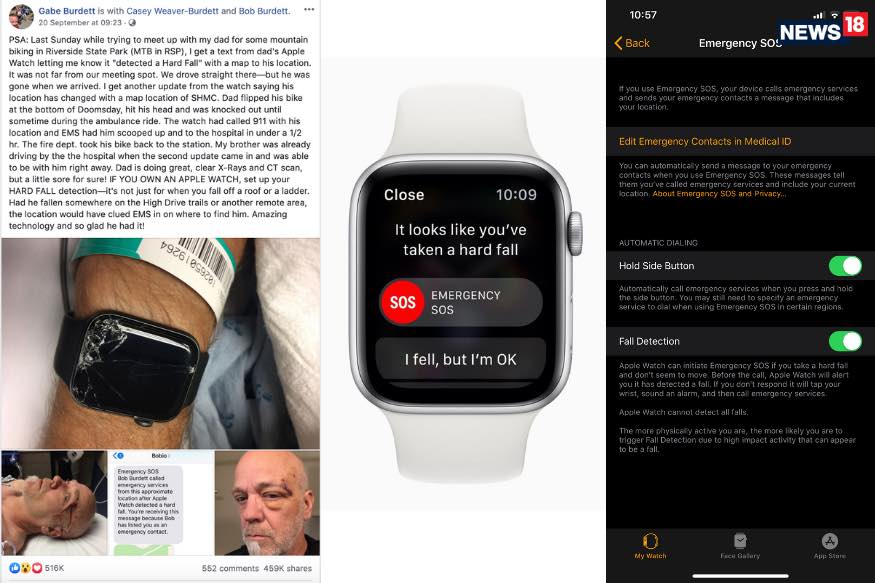Levi’s is announcing new jackets with Google’s Project Jacquard technology, which turns a portion of the fabric on the sleeve into a touch-sensitive remote control for phones. The Jacquard by Google tag, about the size of a stick of gum, tucks into the jacket sleeve and connects to your device wirelessly via Bluetooth. The My Day feature triggers the time, weather, traffic conditions and your calendar. Always Together will let you know if you left your phone behind. It's easy to take a picture with the Camera feature's visual and haptic countdown. Wearers stay connected with simple hand gestures like swiping, touching and tapping the jacket cuff. Controlling music, calling, messaging, navigation and ride hailing apps is all in the wrist. It's also easy to talk to Google Assistant.
You can program up to four different swipes and taps to do a dozen or so different actions, like play/pause music, silence your phone, drop a pin on a map, or set your phone to read off the time or your appointments. You can also use it to have your phone give you details about your Uber or toggle noise cancellation on headphones. The Trucker and Sherpa Trucker jackets with the tag, for both men and women, will start rolling out Thursday in select Levi's stores in Australia, France, Germany, Italy, Japan, the UK and the US. You can also find them online at Levi.com. The classic Trucker will cost $198.
Credits:
https://www.cnet.com/news/levis-accessorizes-new-smart-jackets-with-googles-jacquard-tag/











